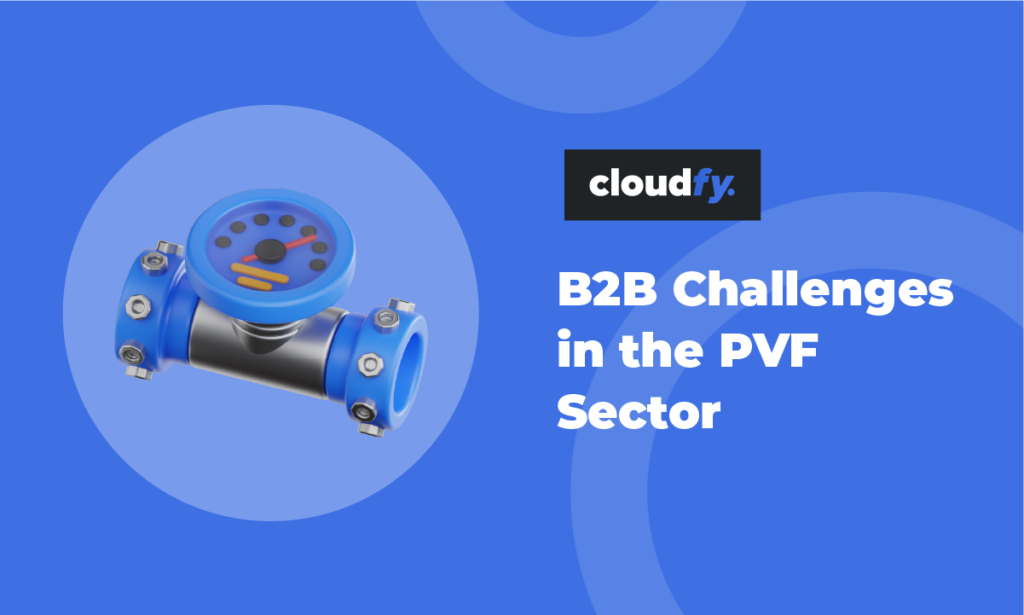There’s a growing trend to integrate customers into the business to business (B2B) ecommerce supply chain. Suppliers are selling directly through the online stores of major businesses and fulfilling customer orders directly. Inventory is reduced and processes are streamlined to improve efficiency and speed up delivery.
Here we look at some of the patterns, trends and technical solutions that are changing the face of online selling.
Recent events
Amazon remains the leading online marketplace and has undoubtedly benefited from the shift to online buying during the coronavirus pandemic. It now has more than one third of the market. Competitor, Walmart, also moved up 34 places in the FutureBrand Index 2020 listing in recent months. However, the picture isn’t simple.
While online sales volumes have increased, many sellers have seen revenues fall due to the added costs of shipping and handling returns. Shoppers are also concerned about Amazon’s dominance.
Many retailers have benefited from increased demand for online buying such as Tesco, Sainsbury’s and Morrisons in the UK, who all saw a rise in positive perception and intention to continue buying online post-coronavirus. Now they must capitalize on this market shift.
Increasingly, larger businesses are looking for new ways to deal with each other transactionally to reduce their inventory and improve efficiency throughout the supply chain.
While electronic data interchange (EDI) allows documents such as purchase orders and invoices to be exchanged electronically, new streamlined connections between marketplaces and suppliers have the potential to transform ecommerce.
Why sellers choose online marketplaces
One of the biggest benefits is the ability to offer inventory online without having to open an online store. Selling on an online marketplace like eBay or Amazon is flexible and has fairly low start-up costs. The advantages for your business will vary according to your business type, market sector and customer preferences.
Online marketplaces are an additional marketing channel with new customers and relatively low marketing costs. Being part of an established online marketplace can also support your brand and help to build trust with customers. They also represent an opportunity to create new partnerships with other traders and suppliers.
However, marketplaces normally charge commission on every sale and fees can vary from site to site. In some cases, there are restrictive terms and conditions that limit how suppliers can sell, communicate with customers and represent their brand. As a strategic approach to growth, suppliers often struggle with the differing technical requirements to connect with each marketplace.
How direct or integrated B2B ecommerce makes a difference
The ideas behind direct or integrated B2B ecommerce have existed since the early 2000s. One of the bottlenecks that has limited adoption is the need for standardization. Where a single supplier wants to sell across multiple marketplaces the requirement to have a different connector for each has been prohibitive.
While the SAP Ariba Network is a well-developed digital marketplace for buyers and suppliers to collaborate, build relationships, and discover opportunities, this has largely been the domain of large businesses and out of reach for the majority of B2B organizations.
Others, like proactis (formerly Trade Ranger), provide an electronic procurement and supply chain management solution. This approach allows businesses to build their supplier base. Everything from adoption and approval, to transactions and analysis can be handled.
Making the connections
Now market leaders are looking for simpler ways to streamline their inventory while extending their online offer with third-party products.
As the application programming interface (API) economy expands, system to system ecommerce integration is becoming more viable for all types of business.
Cloudfy has worked with MacFarlane packaging to support its sophisticated ecommerce operation and network of regional distribution centers. Direct integration with large customers through Punchout, SAP Ariba, PoET catalog management, EDI and cXML is allowing Macfarlane to scale their business model.
Leading provider of healthcare products and services to office-based practitioners, Henry Schein, redesigned a significant part of its ecommerce business in recognition that buyers want to improve operational efficiency and value through supply chain visibility and controls provided by ecommerce.
Stepping up to the challenge
Recognizing the challenge, B2B ecommerce experts like Cloudfy now create and test connectors for major retailers which can then be made more widely available.
While some ecommerce providers are developing customized connectors, this ‘build once and share’ approach is new and becoming increasingly popular.
Using these connectors, orders go through back-to-back transactions which are passed on from the retailers’ ecommerce site to the supplier as a purchase request which the supplier then fulfills.
Moving to vendor-managed inventory
With increased connectivity, uptake of Vendor-Managed Inventory (VMI) also becomes increasingly viable. VMI optimizes B2B supply chain performance and provides data communication between distributors and customers.
VMI is a planning and management system that isn’t directly connected to inventory ownership.
The supplier or distributor receives data, often through EDI or via the internet, and the distributor, rather than the customer, generates the ‘order’. This effectively shortens the supply chain, centralizes forecasting, and improves shipping efficiency.
With customers’ inventory and demand under constant review, large and unexpected customer orders are significantly reduced. By knowing exactly how much inventory their customers are carrying, the distributor’s own inventory requirements can also be reduced.
At a strategic level, VMI requires a high-level decision from customers who can see the benefits of cooperation across the supply chain. Operationally, job functions, processes and performance measurements must change to optimize the benefits.
More broadly, VMI is a first step in creating a new type of supply chain partnership that improves buying practices and reduces the need to carry excess inventory. With the internet of things (IoT) this can be extended all the way through to the end user.
Future ecommerce evolution
Cloudfy CEO, Rob Williams, says: “This is all part of the evolution of ecommerce. All businesses are aiming to optimize their supply chain and obtain more value from suppliers.
“While Amazon is the recognized market leader, other big businesses are looking to create similar relationships, and this is leading to a new type of interactive ecommerce.
“At Cloudfy we are already seeing this trend take shape in the food and beverage, clothing and US industrial sectors.
“At the heart of this development is an improved understanding of customers and their needs. It also recognizes changes in customer and B2B buying behavior.
“With so many High Street shops closing, even before coronavirus, retailers now want to extend their online offer but also to maintain efficiency and a strong brand.
“In the B2B arena the effect is to shorten the supply chain, save inventory, and improve efficiency.
“We expect this trend to gain pace in the coming years.”
Find out how Cloudfy can help to improve the efficiency of your ecommerce business. Book a free Cloudfy demonstration today.






